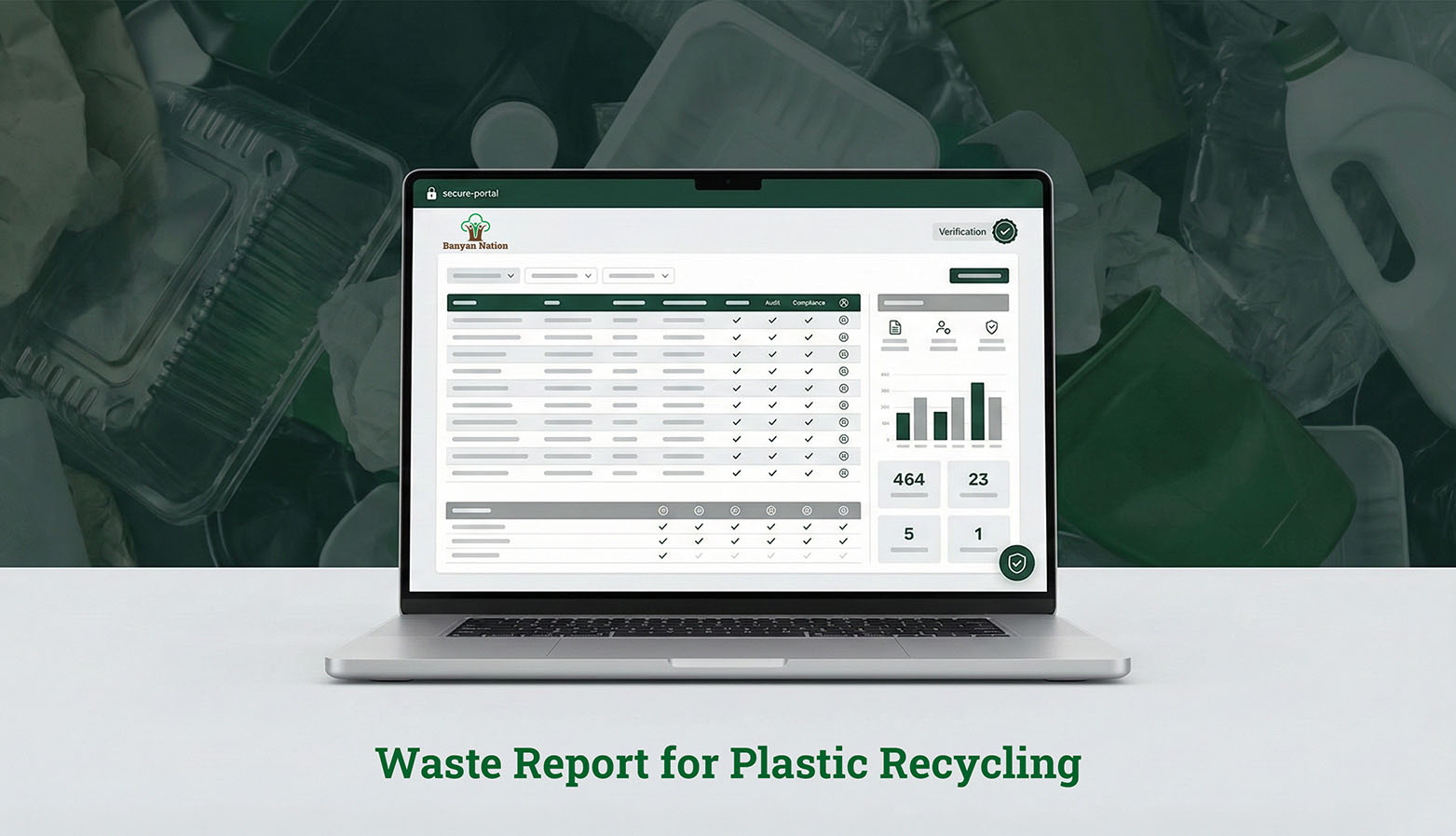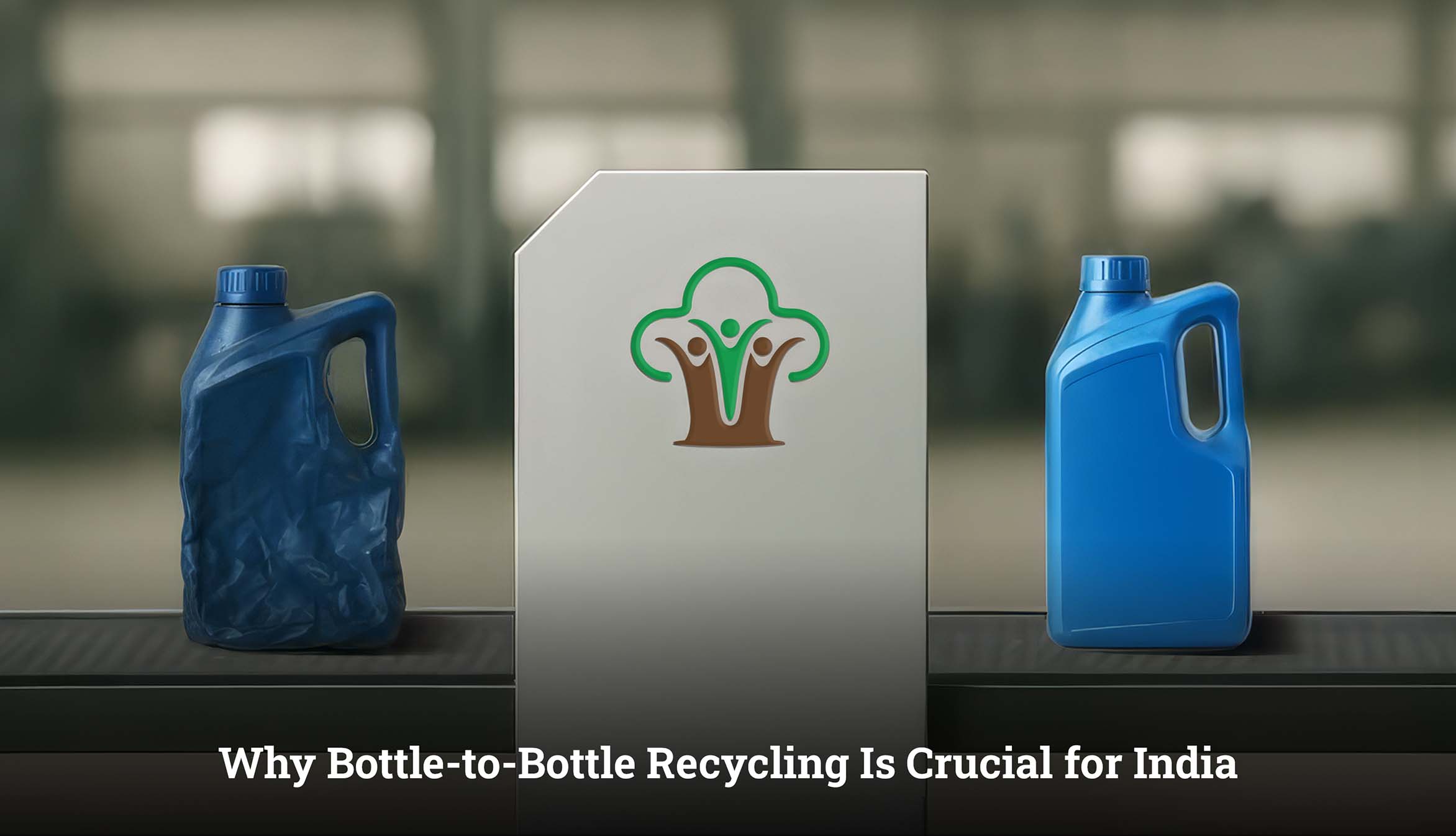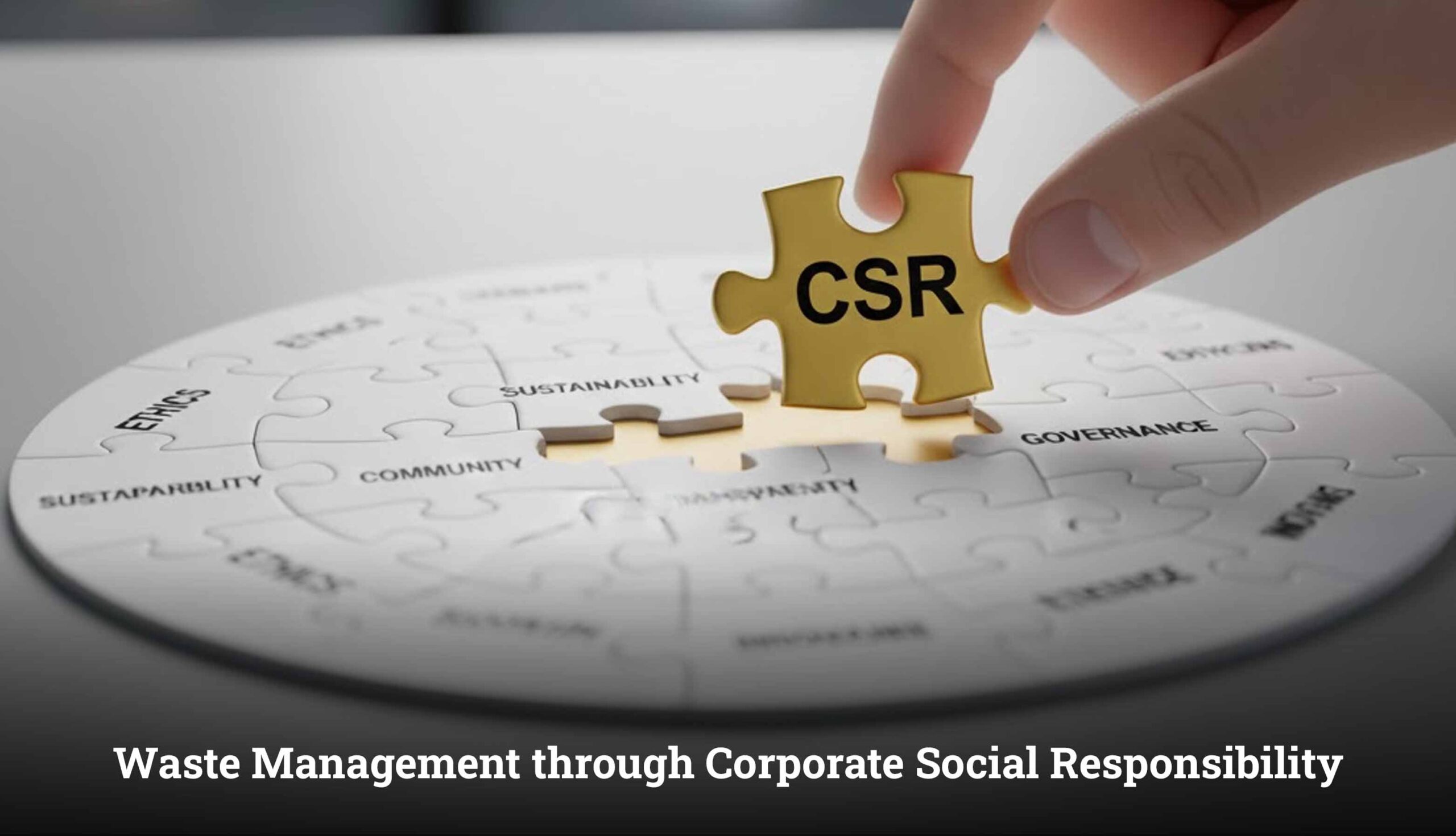All over the world, environmental issues are a big concern; hence, one needs to understand the carbon footprint meaning and its role in the ecological perspective. The carbon footprint meaning provides information on the total sum of all greenhouse gases released from an individual’s home, organization, or product directly and indirectly.
The understanding of the carbon footprint meaning is essential to help consumers and industries understand the need for reducing carbon footprints. Recycled plastic plays a vital role in reducing carbon footprint because recycling can have lower carbon footprints than using new virgin plastics. Recycling will include fewer forms of emissions, less depletion of natural resources and reduced use of landfill space.
Let’s discuss how we can reduce carbon footprint and, at the same time, be an effective solution to some of the biggest problems faced in the world today.
How Recycled Plastic Reduces Carbon Footprint?
Recycled Plastic is necessary for reducing carbon footprints by minimizing the energy needed for production of virgin plastics. It can significantly help in lowering carbon emissions through the reuse of existing materials.
1. Lesser Energy Requirements:
The primary steps involved in the manufacturing of new plastics involve the mining and processing of oil; these processes generate high amounts of carbon dioxide. The recycling of plastics consumes about 70% less energy and thus help in lowering carbon emissions
2. Lesser Resource Use:
The recycling process does not require the consumption of new raw material and, therefore, does not impact natural systems. Additional benefits also include the reduction of pollution from mining and various forms of transportation.
3. Lower Methane from Dumpyards:
Plastic buildup in dumpyards give off methane, a big greenhouse gas. Recycling helps in reducing the buildup of excessive plastic, cutting these emissions.
4. Pushing for a Circular Economy:
Recycling supports the idea of a circular economy where the use of materials is shrinking plastic production’s carbon footprint in the long run.
What Are the Benefits of Using Recycled Plastic?
The benefits of using recycled plastics are endless with environmental, social and economic impacts. Recycling plastics along with their reuse into new products play a significant role in sustainable development at the business sector and community levels.
Conservation:
The use of recycled plastic results in a reduced use of virgin materials requirement along with the lowering of carbon emissions.
Cost-Efficient:
Recycled plastics may cost lower than virgin plastics-reducing the manufacturing costs.
Plastic Pollution Reduction:
The use of recycled plastics results in significant waste reduction as discarded plastics often go into the ocean and remain in landfills thus causing pollution and threatening wildlife.
Meet Sustainability Goals:
The use of recycled plastics in packaging can help companies and brands strengthen and meet sustainability goals.
What are the methods to reduce carbon footprint ?
There are several methods to reduce carbon footprint that complement the use of recycled plastic. These approaches can be embraced at the individual, business, or even government levels to ensure long-term sustainability.
Reducing constructive processes of plastic packages:
Assist in forming more industrial centers and factories that enhance active recycling policies.
Recycled plastic for packaging materials:
Contrasted to alternative plastic components, these measures have greater positive impacts on carbon pollution reduction.
Recycling and Production Procedures:
Incorporate advanced technologies to emission reduction efforts.
Promote Awareness:
Citizens should be educated concerning how purchasing items made from recycled items aid in lowering carbon emissions.
What Are the Challenges & Solutions?
Although recycling plastic is a viable option, its challenges need to be met to further enhance how we can reduce carbon footprint.
Challenge: Plastic Waste Contamination
Solution: Enforce tighter sorting and cleaning procedures to achieve high-grade recycled plastic.
Challenge: Scarce Recycling Infrastructure
Solution: Invest in modern recycling plants and equipment to expand operations.
Challenge: Low Consumer Awareness
Solution: Implement campaigns to inform the public about the advantages of recycled plastic and how we can reduce carbon footprint.
Challenge: Economic Viability
Solution: Offer incentives to companies to implement recycled plastic, making it economically viable.
Conclusion
Such journeys are neither quick nor straight for reducing carbon footprint, for people and organizations to recycle plastics. Recycling can support in lowering carbon emissions and conserve economic resources while providing a healthy, green future. The introduction of operational strategies will convert the unnecessary waste plastics into recycled plastic products. This will positively impact nature and the economy at a national level. Addressing these issues practically by working cooperatively among businesses, governments, and individuals-the carbon footprint can be made on this long-lasting sort of impact. When sustainable operations are committed to lowering carbon emissions, it can help in reducing carbon footprint levels.
FAQ's
How can businesses contribute to reducing plastic waste and carbon footprints?
Businesses can contribute by switching to recycled plastic packaging, building green supply chains, and showing the customers benefits of using recycled plastic along with carbon footprint examples.
How can individuals help in reducing the carbon footprint of plastic?
Recycling plastic waste, buying recycled-content products, and preferring brands that truly practice methods to reduce carbon footprint are some of the contributions that individuals can make.
How does plastic recycling contribute to a circular economy?
The benefits of recycled plastic play a major contribution to the circular economy. The process lessens the demand for raw material and use of virgin plastics and enhances a circular economy through the mitigation of excess plastic waste produced and through the lowering of carbon emissions.

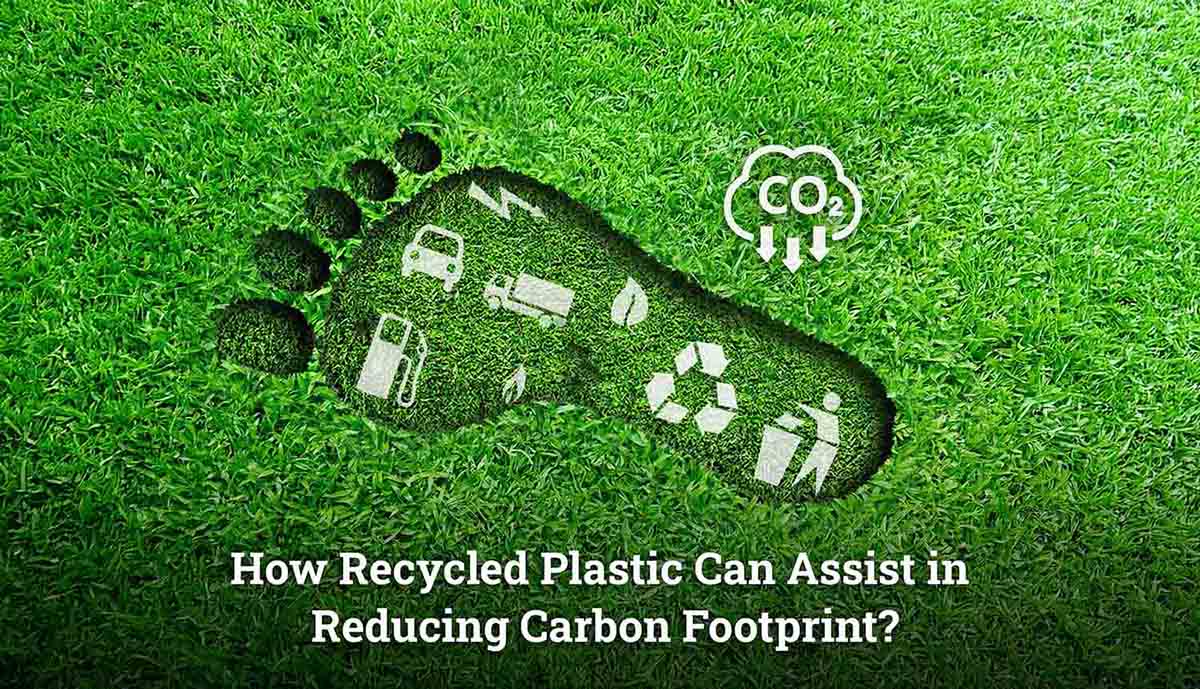
 What Is Waste Reporting and Why Does It Matter in Plastic Recycling?
What Is Waste Reporting and Why Does It Matter in Plastic Recycling?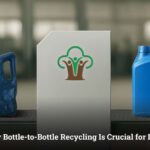 What Is Bottle-to-Bottle Recycling? Why It Matters for India
What Is Bottle-to-Bottle Recycling? Why It Matters for India The Role of CSR (Corporate Social Responsibility) in Waste Management
The Role of CSR (Corporate Social Responsibility) in Waste Management What is Takeback Program & Their Role in Building a Circular Economy
What is Takeback Program & Their Role in Building a Circular Economy What Is a Waste Audit and Why Should Recycling Companies Conduct One?
What Is a Waste Audit and Why Should Recycling Companies Conduct One?